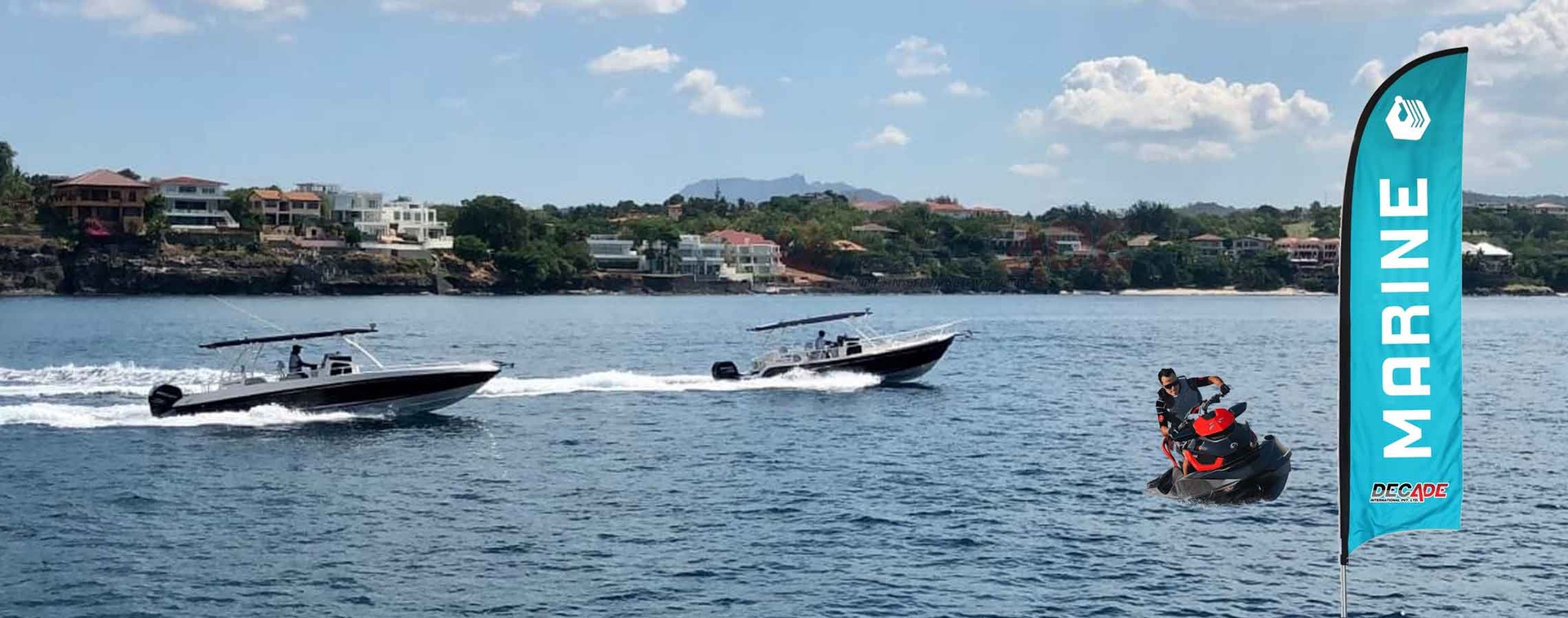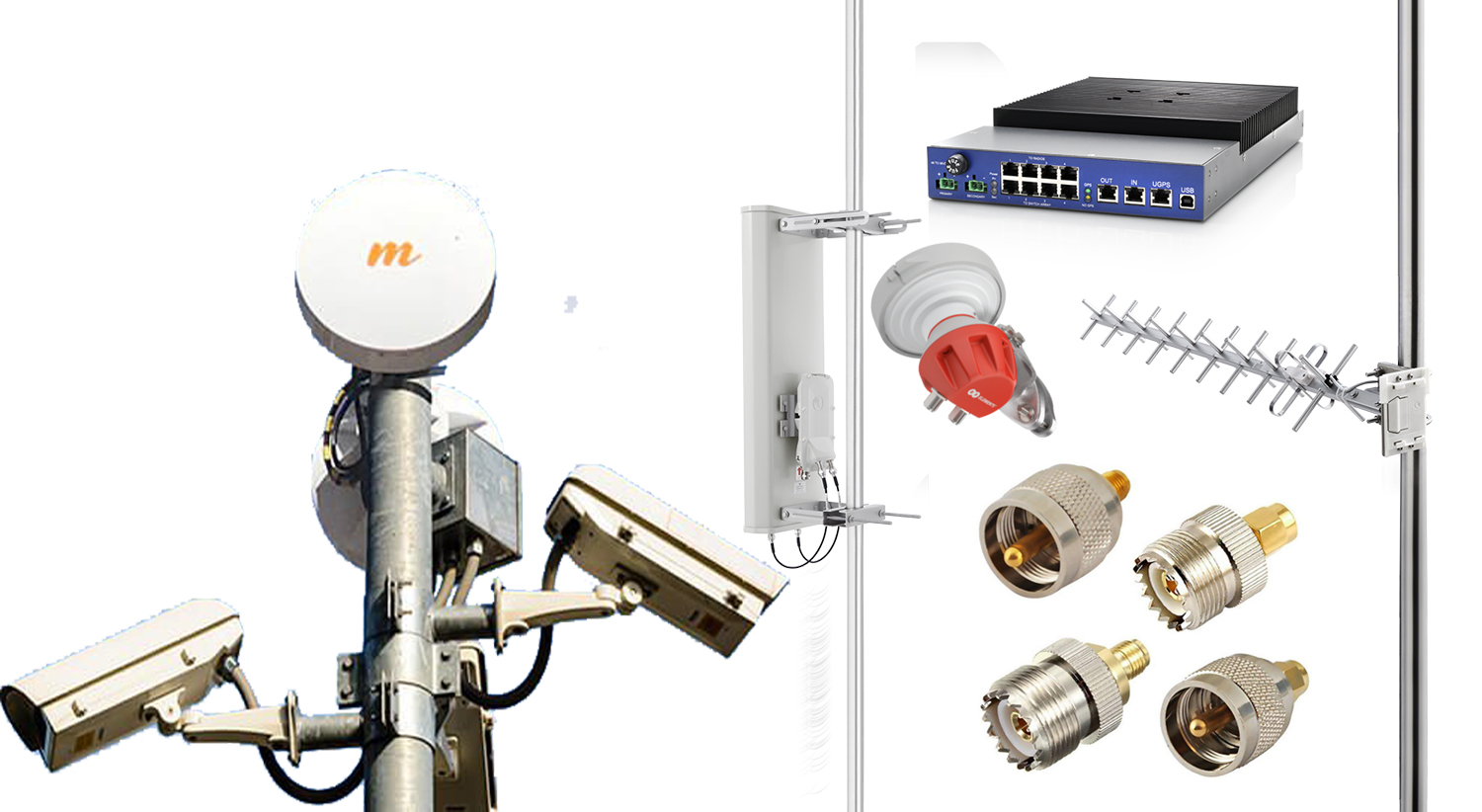Our Services
- PUBLIC SAFETY & PROFESSIONAL COMMUNICATIONS
- BROADBAND COMMUNICATIONS
- SECURITY EQUIPMENT’S
- TEST & MEASUREMENT EQUIPMENT’S
- MARINE EQUIPMENT
- INFORMATION TECHNOLOGY’S
- Position, Navigation & satellite
- POSITIONING, NAVIGATION & TIMING
- GPS Tracking Software
- PERSONAL GPS TRACKER
- Air Traffic Management (ATM) Systems
- Electro-Mechanical Equipment’s
- METEOROLOGICAL EQUIPMENT’S
- AIRFIELD LIGHTING
- Radar System & Solutions
- ENERGY & POWER
- SCADA System & Solutions
AVIONIC COMMUNICATION
Solution and industries

Airband or aircraft band is the name for a group of frequencies in the VHF radio spectrum allocated to radio communication in civil aviation, sometimes also referred to as VHF, or phonetically as "Victor". Different sections of the band are used for radio navigational aids and air traffic control.
Airband or avionic radios are primarily used by pilots and Air Traffic Control as a means of two way communication and navigation. If you already have an aircraft you probably already know how important an Airband radio is. Airband radios use VHF frequencies and channels, different to those channels that are used on the ground as they are specifically set aside for use in avionics environments. Typically between 108 and 137 MHz.
Airband radios are divided into COM for voice communication and NAV for navigation. The NAV channels are still in use for VOR (VHF Omni Directional Radio Range) even though GPS is now widely used. A VOR is a type of short-range radio navigation system for aircraft, enabling aircraft with a receiving unit to determine their position and stay on course by receiving radio signals transmitted by a network of fixed ground radio beacons. There are about 3,000 VOR stations worldwide.
Airband radios also include an emergency frequency at 121.5 MHz known as the International Air Distress (IAD) also known as the ‘guard' frequency. On Icom radios this is accessed by a single button which will send out a distress signal.







